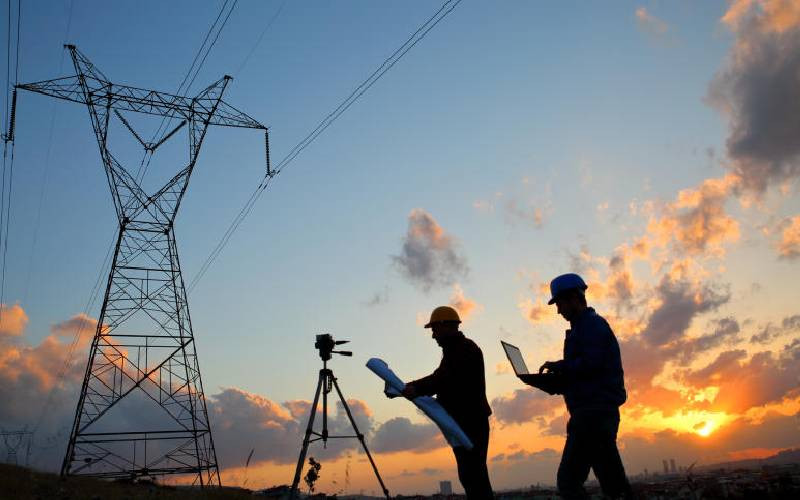×
The Standard e-Paper
Home To Bold Columnists

State-owned entities within the energy sector may be in breach of an agreement reached to support Kenya Power in implementing lower electricity prices last year.
The companies were to forego portions of their revenue to support the 15 per cent reduction in the cost of electricity that came into effect in January 2022.